Funding Secured for Ocean Radar
Three years of additional operational funding in place for the WERA NorthernRadar system on the north shore of the Lower St. Lawrence Estuary
The shore-based WERA NorthernRadar provides data for ocean surface currents and significant wave height and direction over long distances (up to 200 km) with spatial and temporal resolution.
Two WERA NorthernRadar 12-channel systems were acquired through ASL with funding from Canada Economic Development for Quebec Regions. The systems were installed in November 2012 by Dr. Cédric Chavanne of Institut des sciences de la mer (ISMER) at Université du Québec à Rimouski (UQAR) with the assistance of ASL Environmental Sciences, Northern Radar and Helzel Messtechnik. Since, they have been providing high resolution measurements of currents and waves in an important section of the St. Lawrence Estuary.
The current data is used to better understand the mesoscale (10-100 km) and submesoscale (1-10 km) processes that occur in the Estuary, with the ultimate goal of improving their parametrization in global ocean circulation numerical models used for climate change prediction. This study is funded by the Natural Sciences and Engineering Research Council of Canada (NSERC). Another study funded by the Fonds de recherche du Québec – Nature et technologies (FRQNT) is aimed at quantifying the impact of the presence of sea ice in winter on the availability of current measurements, to prepare for informed planning for eventual future deployments in higher latitudes.
Recently, three years of additional operational funding was obtained from the Marine Environmental Observation Prediction and Response Network (MEOPAR) to ensure that data will keep flowing as part of a surface drift and dispersion monitoring and prediction system led by Dr. Dany Dumont of ISMER-UQAR.





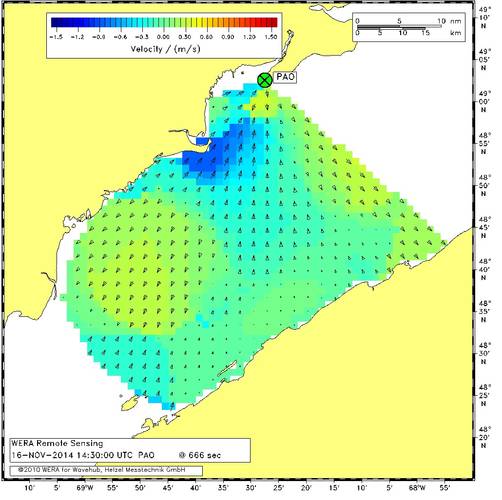
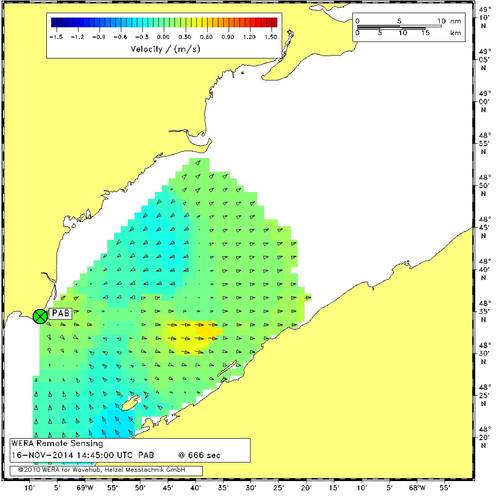
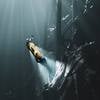


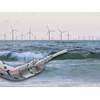
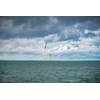










 February 2024
February 2024



